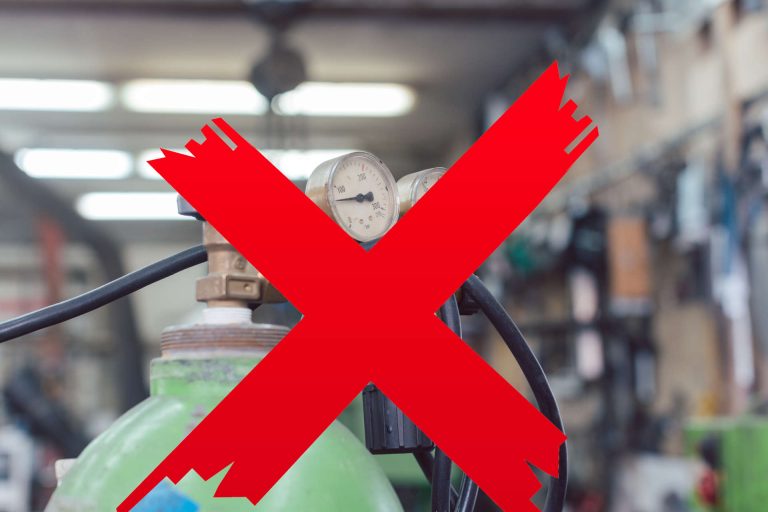Amperage Ranges for Different Flux Core Wire Diameters
The recommended amperage ranges for different flux core wire diameters is important for getting the best welding results. An essential aspect of this is using the correct amperage ranges for the materials employed and to be welded. With Flux Cored Arc Welding (FCAW), the selection and calibration of these amperage ranges according to the flux…



